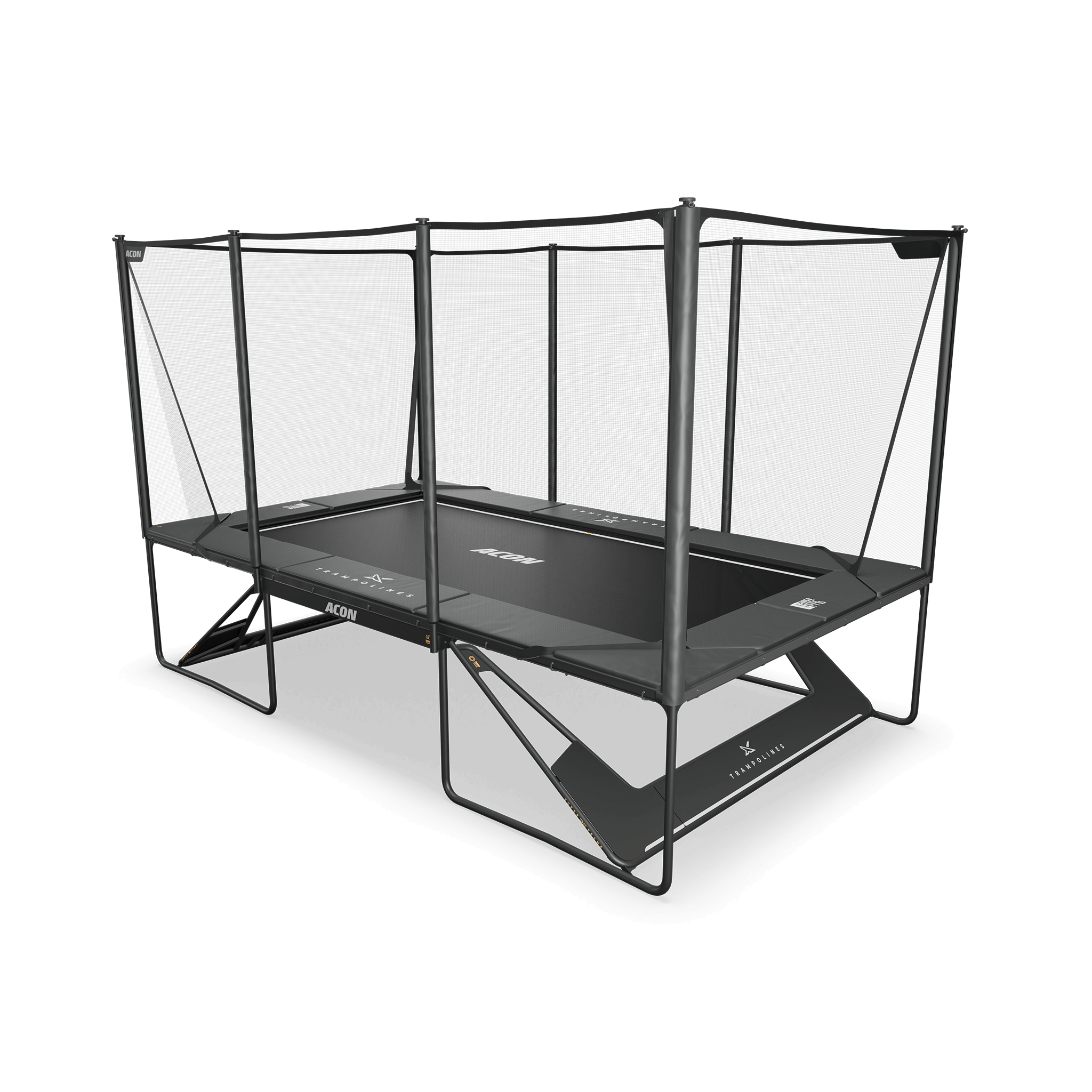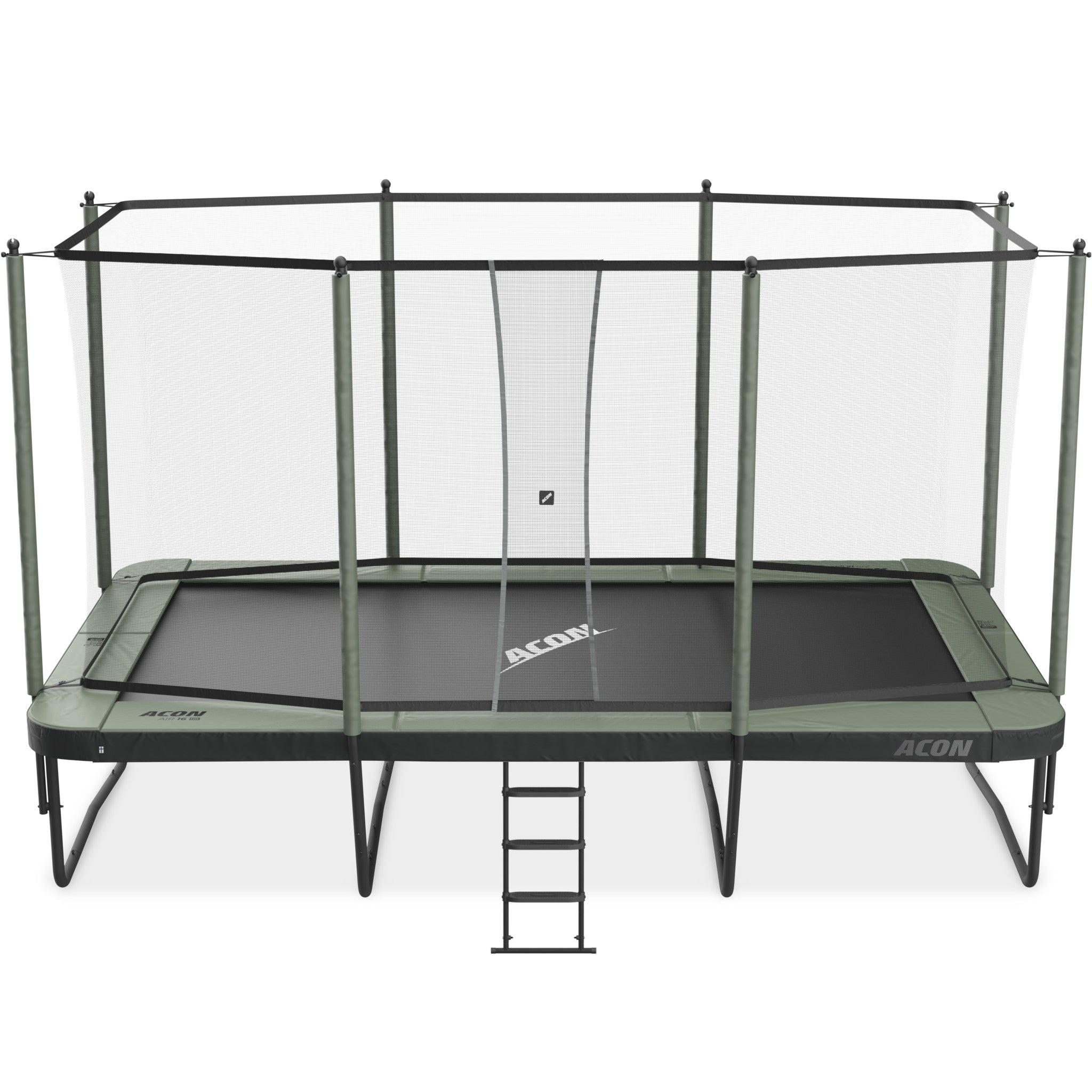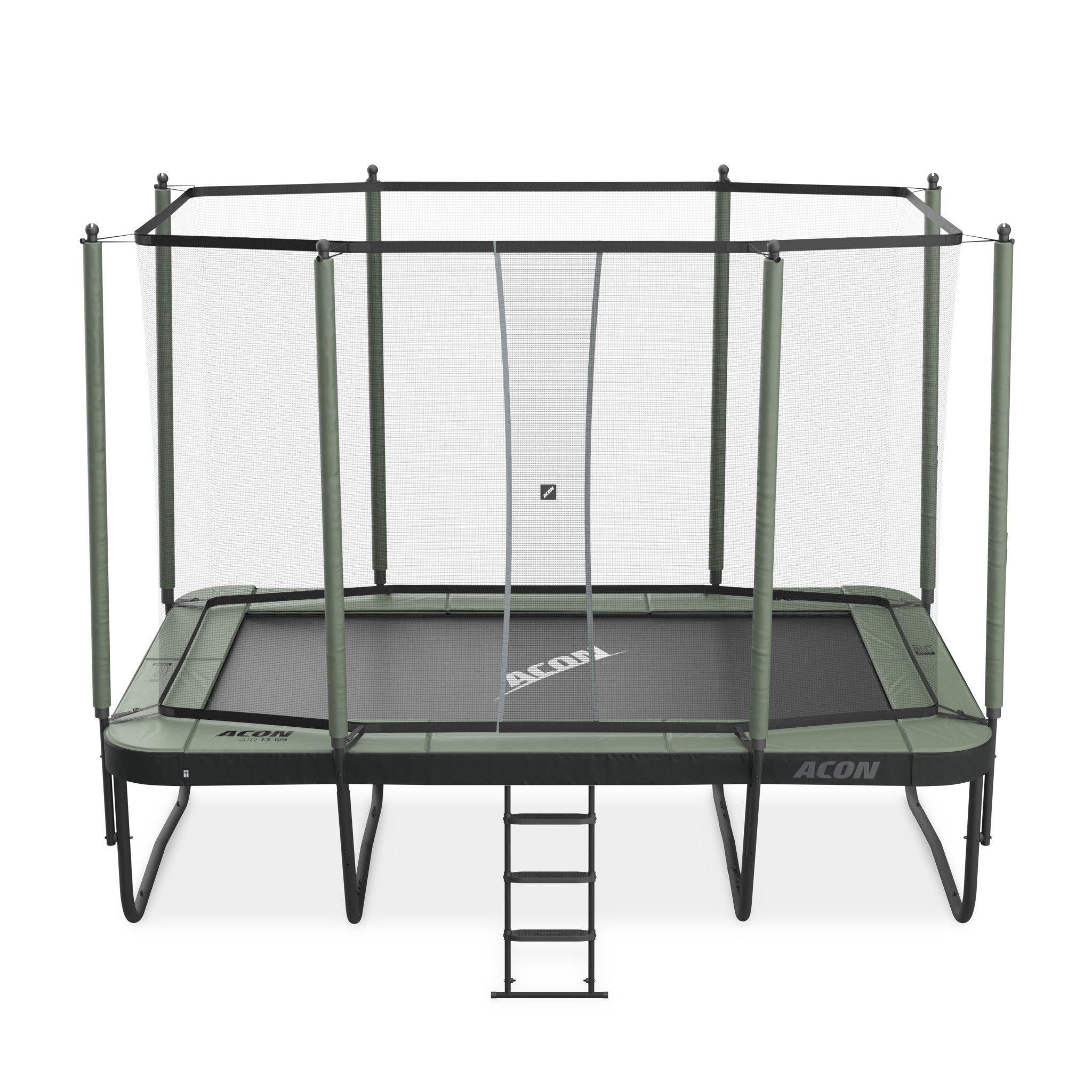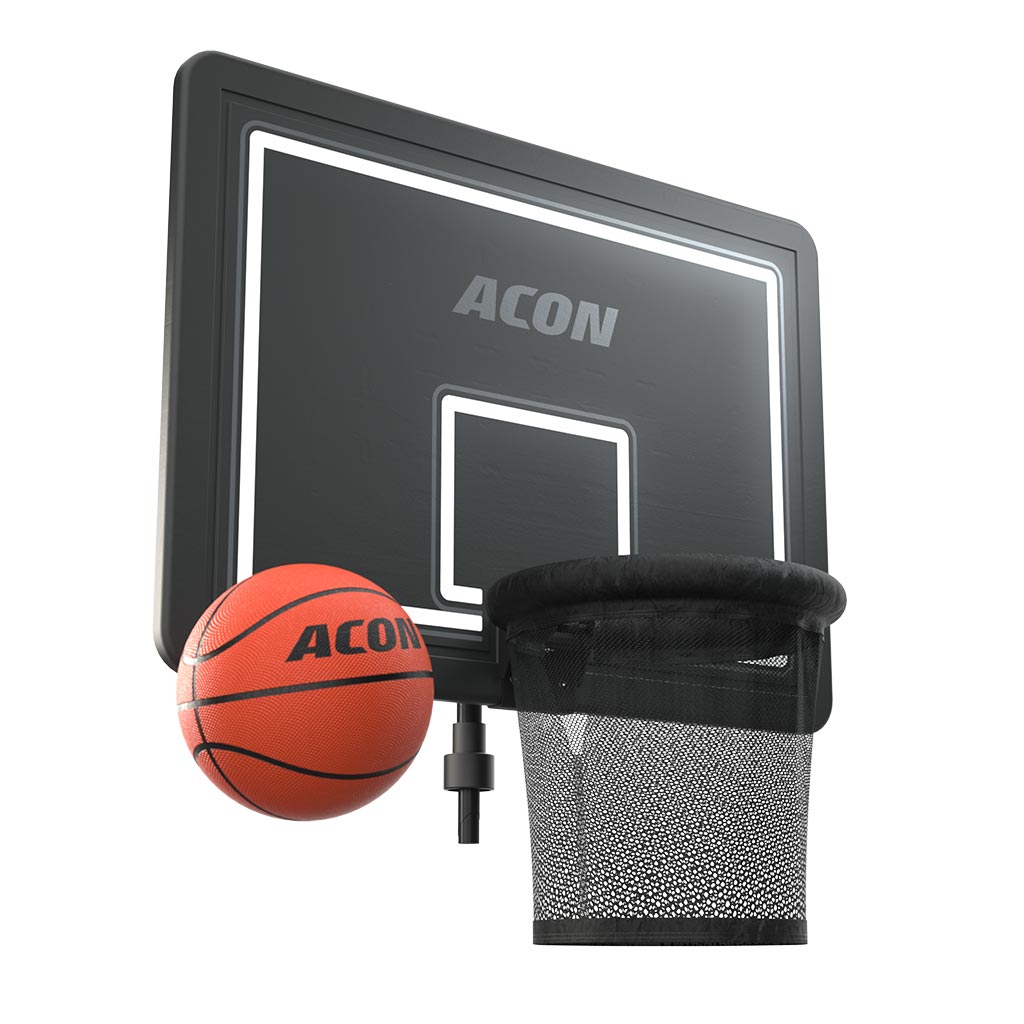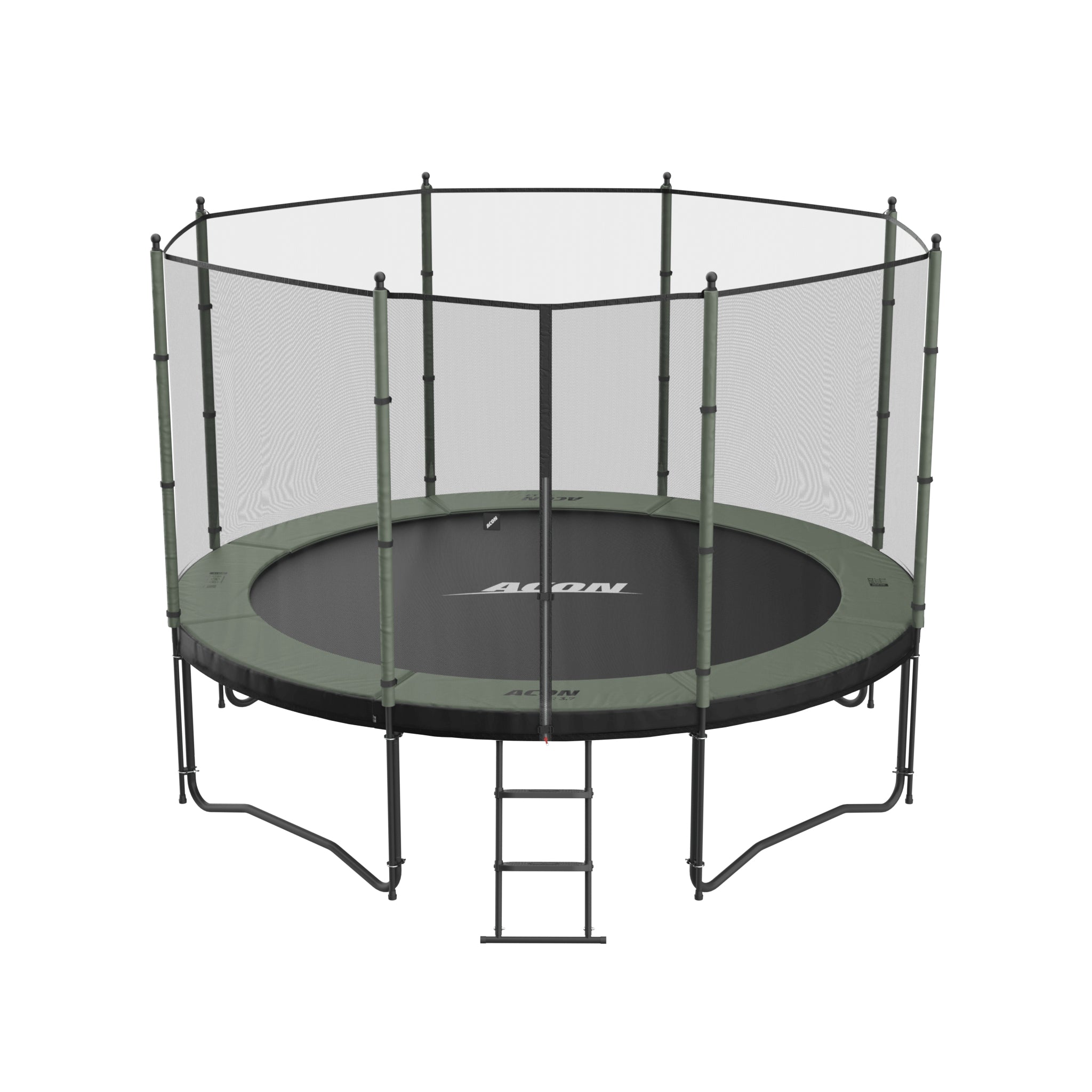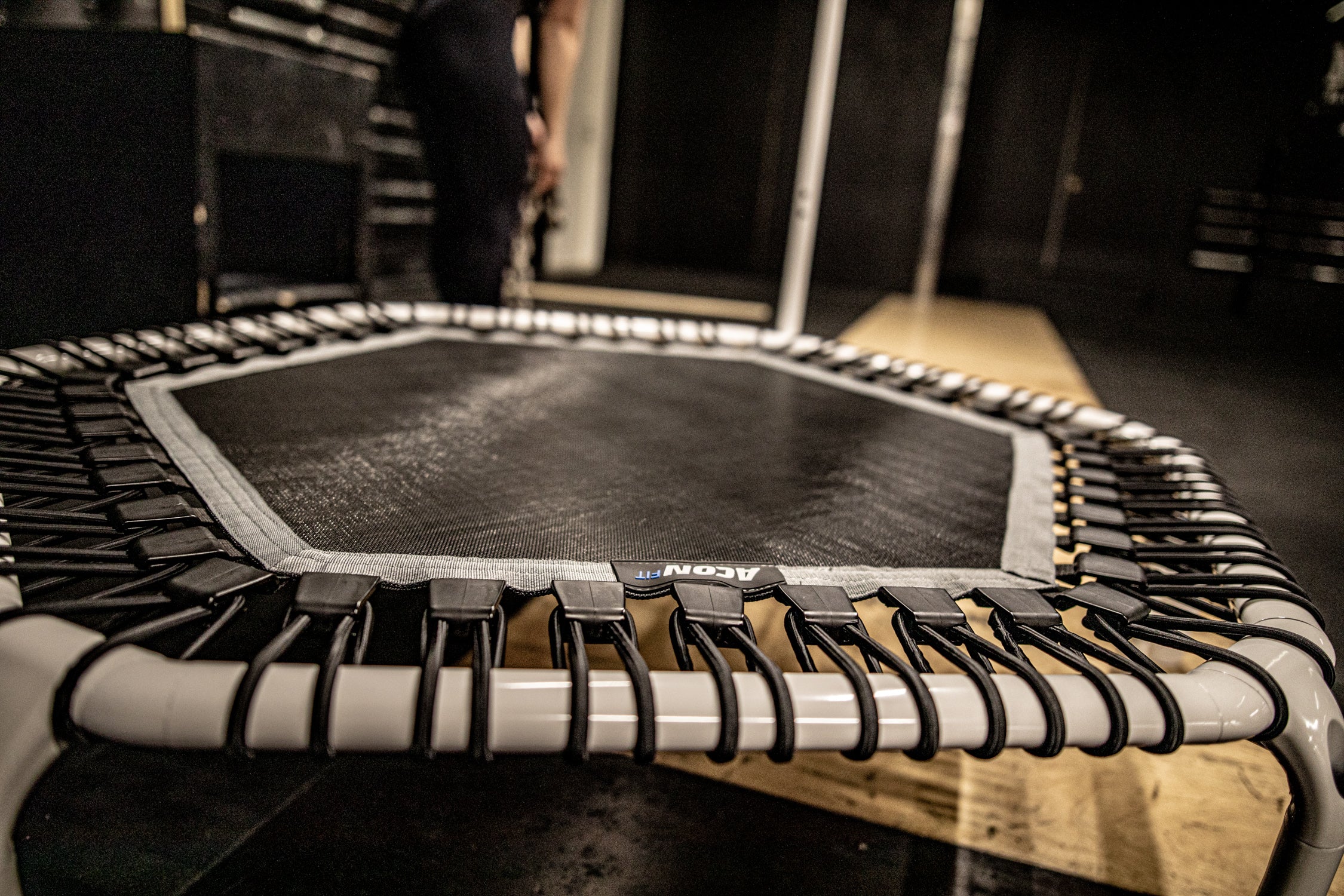We are exceptionally closed on Thursday 9th of May.
Rebounding is an excellent way for seniors to improve their physical fitness. By using a rebounder, you can gain strength, improve your balance and flexibility, and have fun while doing so!
Suitable for indoor use, a home rebounder or mini trampoline doesn’t take up much space and is generally light and easy to move around, they are a great investment for seniors. They provide a convenient exercise method with proven benefits for health and fitness. As the rebounding exercise is easy on the joints, it's perfect for those with aching knees or back. Let’s take a closer look at the best rebounding exercises for seniors and elderly people.
Five best exercises for seniors
Looking for suitable, easy rebounder exercises for seniors may sometimes feel overwhelming. Complex jumps and moves are combined with core training and more in many routines. While these types of workouts are great for those who are already active, they may not be the best for seniors. Below, we've listed five friendly beginner rebounder trampoline moves suitable for anybody.

Move 1: Warm-up Bounce
Step onto the trampoline. Place your feet hip-width distance apart. Take a few moments to find your balance. Hold onto the rebounder handle if you have one. Slowly begin to bounce up and down, keeping your feet flat.
If/when you feel ready, begin to raise your feet as you lift, maintaining your balance, for a warm-up bounce. If you feel confident in your balance and bounce, add some arms. Raise your arms up and down as you jump. Spend a few minutes on this exercise to warm-up before attempting any other jumps.
Move 2: Rebounder Jogging
This is a very basic exercise that will help you to get more comfortable with your rebounder. It has the benefits of jogging without the drawbacks to your joint health caused by a hard, uneven running surface.
After warming up, begin to jog in place slowly, using the handlebar for support if you need it. Step your feet back and forward as you bounce. Once you have gained strength through repetition, you can try to increase the pace of your jogging. This will get your heart rate up. For added intensity, lift your knees higher as you jog.
Move 3: Squat Jump
This exercise is great at working out the thighs and working on your hips and balance. From a balanced standing position, interlace your fingers in front of your heart area. Bend your knees, keeping them and your toes pointed outwards. Keep an eye on how far outwards your knees bend. Your feet should remain visible. On the way back up, straighten your knees as you push down on your feet. Take a jump upwards, returning to your squat position.
Again, use the handlebar until you are better used to this exercise. Try to do up to 12 squats, taking a break before repeating for another set.
Move 4: Jumping Jacks
Jumping jacks are one of the first exercises we all learn and there’s a reason! They’re a great full body workout that gets your heart rate up. This will help you to build muscle and burn more calories long after your mini trampoline or rebounder exercise session. Doing this exercise on a trampoline adds even more intensity to the jumping jack.
Begin with your feet together, arms close to your body. As you jump, raise your arms above your head. Land your jump with the feet wide apart, hopping back to the beginning position while lowering your arms. Try to time this workout, aiming for 30 seconds, 1 minute, up to 2 minutes to build up your stamina. As your strength and endurance grows, you can jump faster for an even more effective workout.
Move 5: Leg Hold
Increase your lower abdominal and hamstring strength with a leg hold. This exercise is less about raising your heart rate, and more about slowly building strength in the muscles.
As you stand on the trampoline with your feet a few inches apart, keep a slight bend in the knees. Keep your arms raised out in front of you and as you exhale, lift one leg out in front of you. Hold the position for as many seconds as you can, working up to 30 seconds or a minute. Keep your gaze fixed on something in your eyesight that doesn’t move, as this will help you balance. Or hold onto the stabilizing handlebar. Begin to lower the lifted leg slowly. Take a break, then repeat on the other side. Alternate each leg for as many sets as you can.
Benefits of Rebounding for Seniors
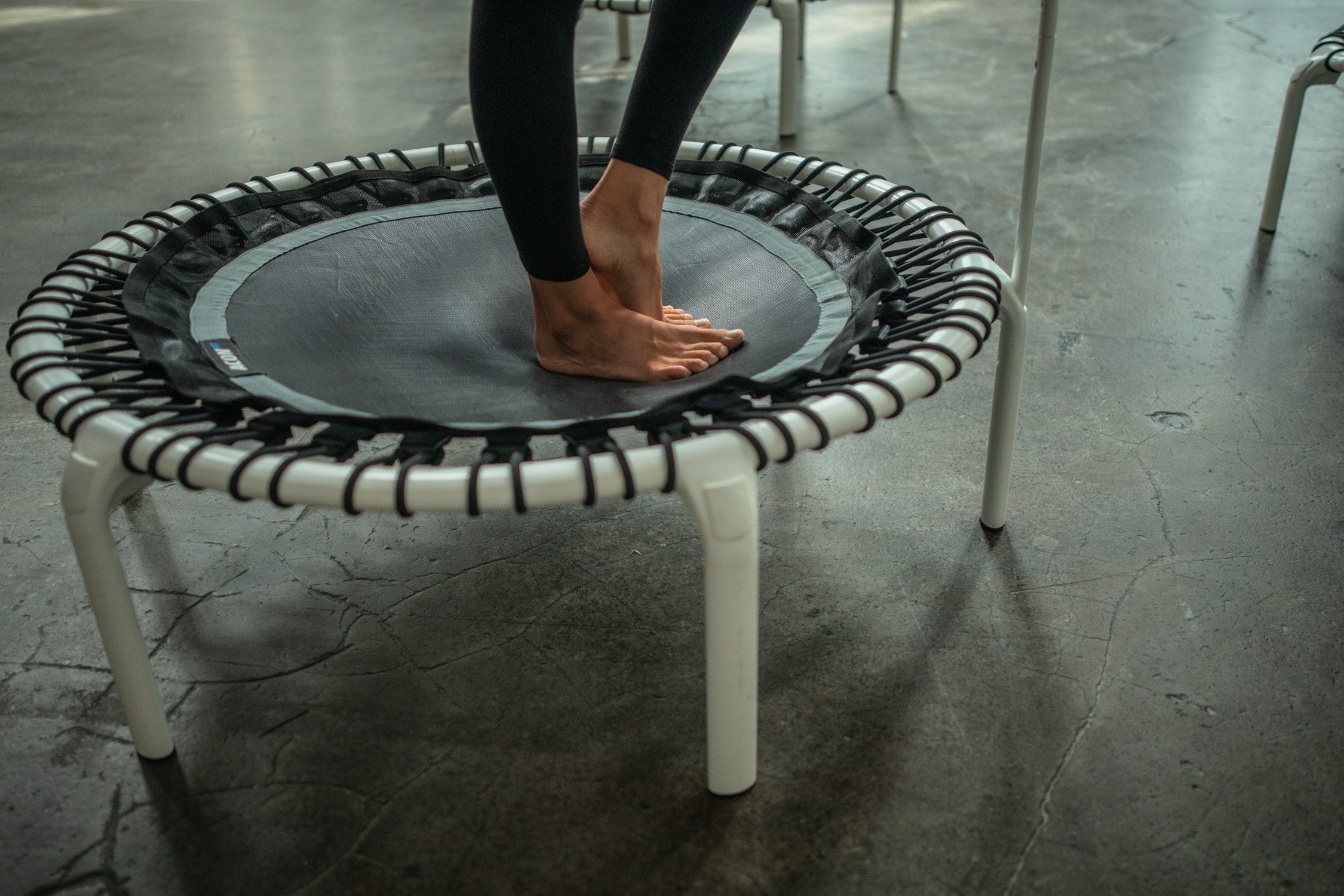
Rebounding has numerous health benefits for seniors. Exercise is important at every age but the older we get; this is even more true. Staying active with rebounding is a great option; it is a piece of equipment that doesn’t take up much space in any room of the house.
What’s more, it’s an effective workout in a short amount of time. You can fit it in around your day without much hassle, regardless of the weather. It’s a safe workout for the majority of people, easy on the joints and fun! Here are some of the health benefits of rebounding:
- Improves blood circulation
- Improves blood sugar levels
- Low impact exercise
- Gentle on joints
- Improves digestion and elimination
- Boosts brain function
- Improved balance
- Supports weight loss
- Boosts metabolism
- Tones muscles
- Improves blood pressure
- Builds bone strength
How Long Should I Bounce?
Over time, you can slowly and gradually increase the length of your workouts. The more time and consistency you give to rebounding, the stronger your body will become. Begin with 5 minutes per day, adding an extra minute per week and you’ll be bouncing for 20 minutes before you know it!
Where Can I Buy a Rebounder?
Acon’s rebounders bring the bounce and beautiful Nordic design right into your living room! Our rebounders have enough space for exercising safely. We also have accessories like handlebars to help you practice your moves with balance support. While resistance bands can help the more seasoned rebounder who wants to make their workouts a bit more challenging.
Frequently asked questions
Is rebounding safe for seniors?
Rebounding is safe for most seniors, whatever your level; however, you should always consult your doctor before engaging with a new form of exercise. When you begin, go slowly and don’t push your body. You can gradually increase the amount of time you spent rebounding, by a couple of minutes per week. Before you know it, you will build a strong daily rebounding practice.
What are the best rebounding exercises for seniors?
The best rebounding exercises for seniors are simple and fun to complete. This will make you look forward to repeating them each day! Simple bounces, jogging and jumping jacks pave the way for more difficult squats and leg holds. Each one helps to build your lean muscle, supporting the prevention of atrophy.
Why is rebounding recommended for seniors?
Rebounding is recommended for seniors because it’s a low impact way to get your heart rate up! It benefits your circulatory system, improves the muscle mass in the body as well as your ability to balance/your reflexes, with consistent practice. It’s a fun and easy way to incorporate a full-body workout into your day!
Where can I learn more about how to rebound?
We have several videos on YouTube to help you get started with rebounding! You can find plenty of inspiration that shows you how to begin to bounce. Watch our rebounding videos for more ideas for easy rebounder exercises for seniors.
